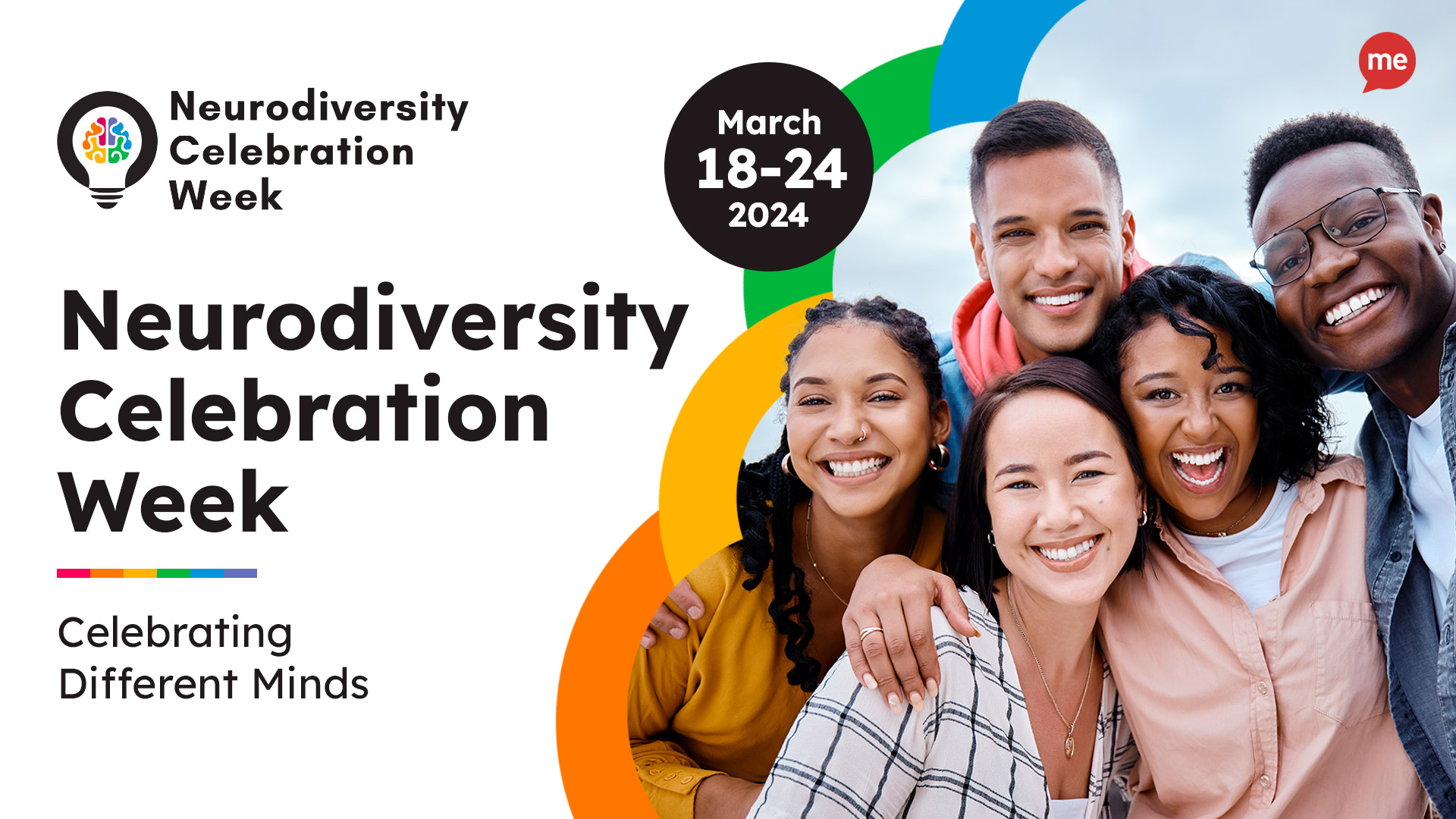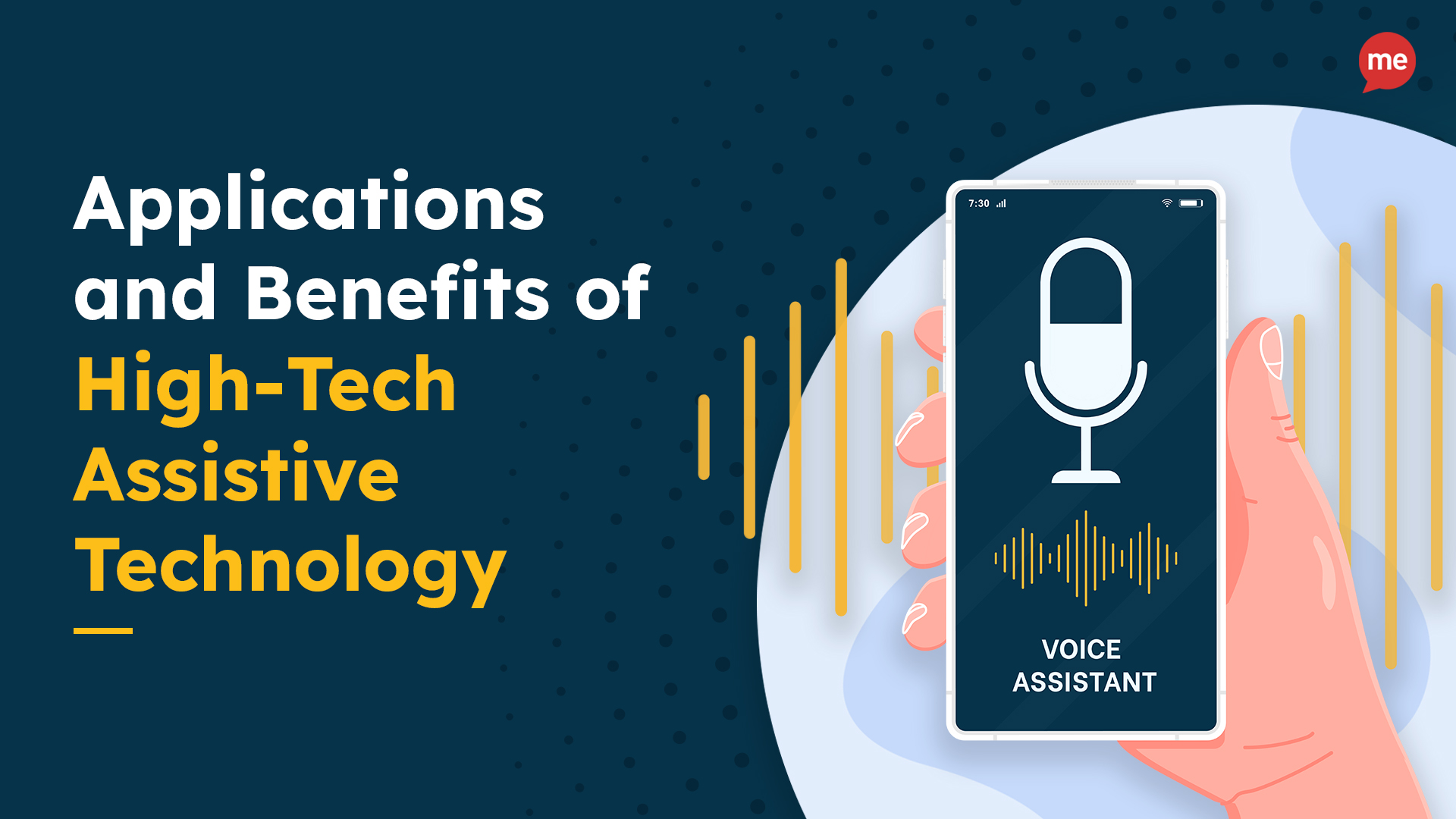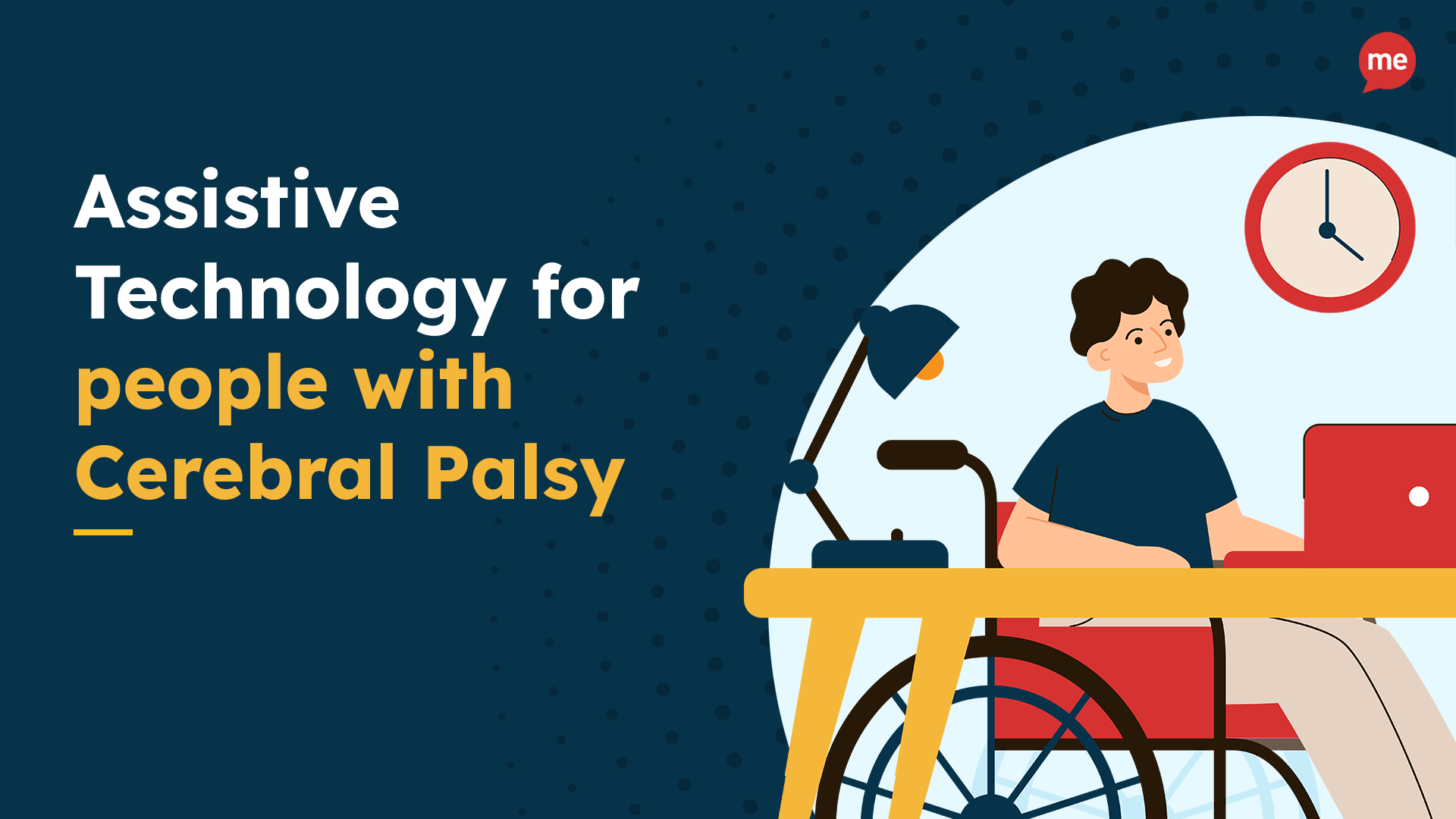The easy answer is that web accessibility is now such an important consideration that you simply cannot afford for your website not to be accessible. But, of course, there is more to it than that…
We’ve come a long way since the early days when US astronomer Clifford Stoll submitted an article entitled “The Internet? Bah!” into a Newsweek publication, boldly predicting that the internet was no more than a passing fad. Obviously, he couldn’t have been more wrong, and today the internet is an essential tool and a more valuable source of information than ever – and it’s not going anywhere!
Just like the internet itself, accessibility is by no means a passing fad. So if you commit to having a website for your business at all, then why not make it fully inclusive and accessible, rather than alienating groups of users and consumers?
The modern world is embracing diversity and equality like never before. So we urge you to consider the needs of all of your website users, and adapt to meet the needs of those with disabilities that include:
- Visual impairments
- Deafblindness
- Colour blindness
- Dyslexia
- Hyperlexia
- Dyspraxia
- ADHD
- Speaking English as a second language
- Epilepsy
- Mobility and physical impairments
Key Reasons to Ensure Your Website Is Accessible
1. Revenue: Making your website accessible to all consumers is the smart thing to do.
The business case for accessibility varies based on the type of organisation, but particularly in commercial companies, justification is required before resources can be allocated towards it. At Recite Me, we are confident that the benefits outweigh the effort and costs.
A recent research study of Fortune 100 companies discovered that having a robust online diversion and inclusion policy is a common denominator among high performing businesses. Plus, there is an abundance of information and statistics that refute the argument that return on investment is too difficult to measure:
- Worldwide, the online spending power of people with disabilities is over AUD2.2 trillion.
- The total disposable income of the Australian working-age population with disabilities is AUD54 million.
- 86% of users with access needs would spend more if there were fewer barriers.
- 83% of people with access needs limit their shopping to sites that they know are accessible.
- 71% of users leave a site that they find hard to use.
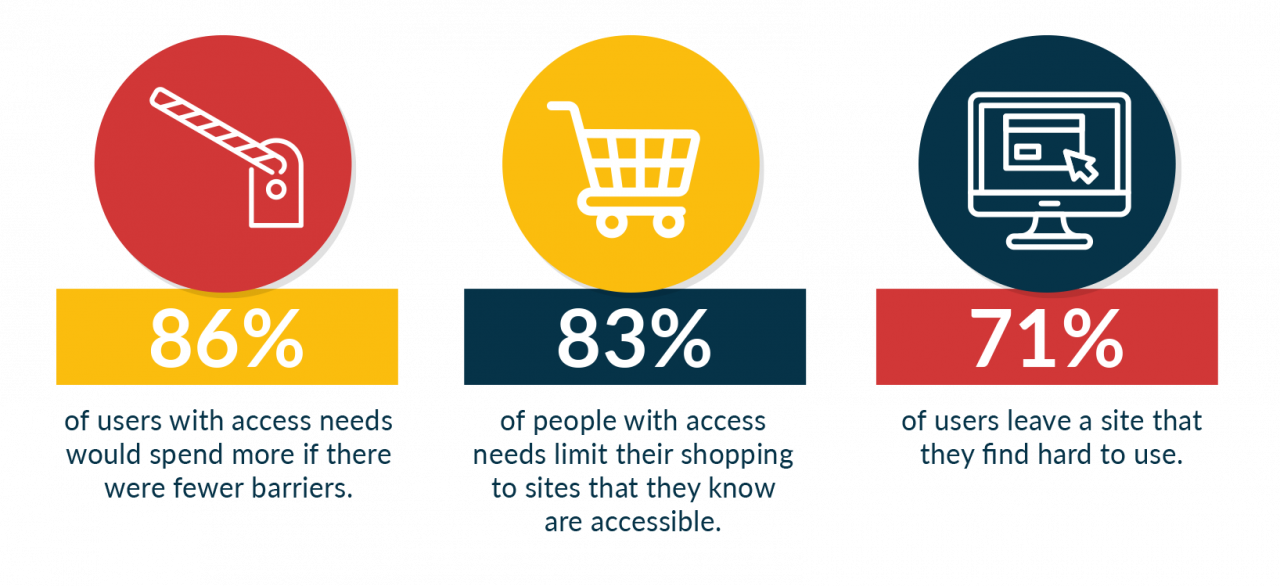
Ultimately, users will click away from inaccessible websites and spend their money elsewhere. So there is a clear case that making a business accessible online as well as in-person should lead to an increase in profits. Despite this, fewer than 10% of businesses have a targeted plan to access the disability market.
2. Improving User Experience: Making your website accessible to all consumers is the right thing to do.
It is a commonly agreed principle that everyone should have access to information online. Microsoft’s application guide for developers specifically states that designing inclusive software improves usability and customer satisfaction. This is something that the team at Recite Me can verify from experience.
The inventor of the World Wide Web, Sir Tim Berners-Lee, believes that the internet should empower all members of society by making information accessible to everyone.
“The power of the Web is in its universality. Access by everyone regardless of disability is an essential aspect…The Web is fundamentally designed to work for all people, whatever their hardware, software, language, location, or ability.”
Sir Tim Berners-Lee
Inclusivity online becomes increasingly relevant when you consider that:
- At least 10% of Australians have a learning difficulty that can make accessing information online difficult.
- 1 in 6 people in Australia live with a disability that can make accessing information online difficult.
- There are almost 1 million residents in Australia who don’t speak English as their first language.
- 21% of Australians speak a language other than English at home.

3. Compliance & Legalities: Making your website accessible to all consumers is a thing you must do.
Nowadays, it is expected by law that businesses and service providers do not treat disabled people less favourably. So to avoid lawsuits, companies are required to adhere to national and international standards and guidelines. A few examples are as follows:
In Australia – The Disability Discrimination Act (DDA) requires equal access for people with disabilities. Section 5 of the law describes explicitly that inaccessible web content is discriminatory against people with disabilities by treating them “less favourably” than those without a disability. In addition, all non-government websites were required to meet Level AA of the Web Content Accessibility Guidelines (WCAG 2.0) by the end of 2013.
In the UK – The Equality Act of 2010 states that providers must consider ‘reasonable adjustments’ for disabled people online. Furthermore, the final deadline for all public sector bodies to meet the new accessibility regulations for public sector websites and applications passed in 2020, with further rules for private sector compliance expected to follow in due course.
In the USA – Web accessibility regulations are covered under various federal laws, including The Americans with Disabilities Act (ADA), which requires that companies make accommodations for disabled users with specific regard to web accessibility.
In the European Union – The European Accessibility Act requires that all businesses operating in the e- commerce sector meet minimum accessibility requirements.
Worldwide – The Web Content Accessibility Guidelines (WCAG) have been developed to provide a set of core principles and minimum standards to meet the needs of consumers internationally. These guidelines define how content should be made more accessible to those with disabilities, and are the premium standard for organisations globally.
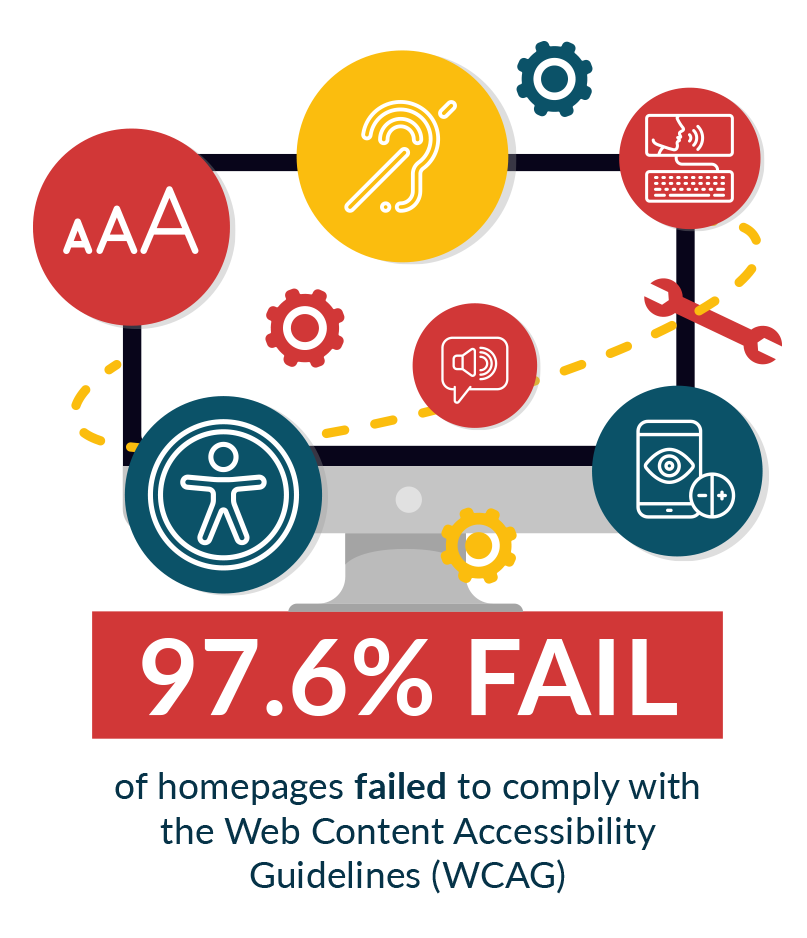 Despite the increase in accessibility guidelines and legislation in recent years, companies around the world are still failing to meet minimum requirements:
Despite the increase in accessibility guidelines and legislation in recent years, companies around the world are still failing to meet minimum requirements:
- In 2019, an evaluation by WebAIM concluded that 97.8% of homepages failed to comply with the Web Content Accessibility Guidelines (WCAG).
- Web accessibility lawsuits are becoming more common. A landmark case was lodged against Coles Supermarket in 2014 when a visually impaired user spent eight hours completing an online order.
- Coles are not alone. Which-50 recently confirmed that several leading apps and websites in Australia do not fully meet WCAG requirements.
With this in mind, it is essential that all commercial companies, educational institutions, non-profit organisations, and governmental bodies are aware of the national and international guidelines that apply to them. Particular attention should be given to developing a thorough understanding of the Web Content Accessibility Guidelines (WCAG) and ensuring compliance.
Ready to Embrace Accessibility?
You should be! Aside from the financial, ethical, and legal advantages, there’s also a significant feel-good factor associated with inclusivity that boosts morale across an organisation.
If you would like to book a demo of the Recite Me assistive toolbar to help you towards your inclusivity goals and optimise your business for success, please feel free to contact our team. Installations of the Recite Me toolbar onto third party websites supports millions of users each year. Our 2020 stats recorded:
- Over 4.5 million launches of the Recite Me toolbar
- Over 21.5 million accessibility toolbar features used
- Over 9 million website translations in over 100 languages
- Nearly 10 million pieces of content read aloud in 35 languages
- Over 1.4 million styling customisations
- 2,600 audio files downloaded
If you want to become more accessible, then be sure to check out our website accessibility checker.
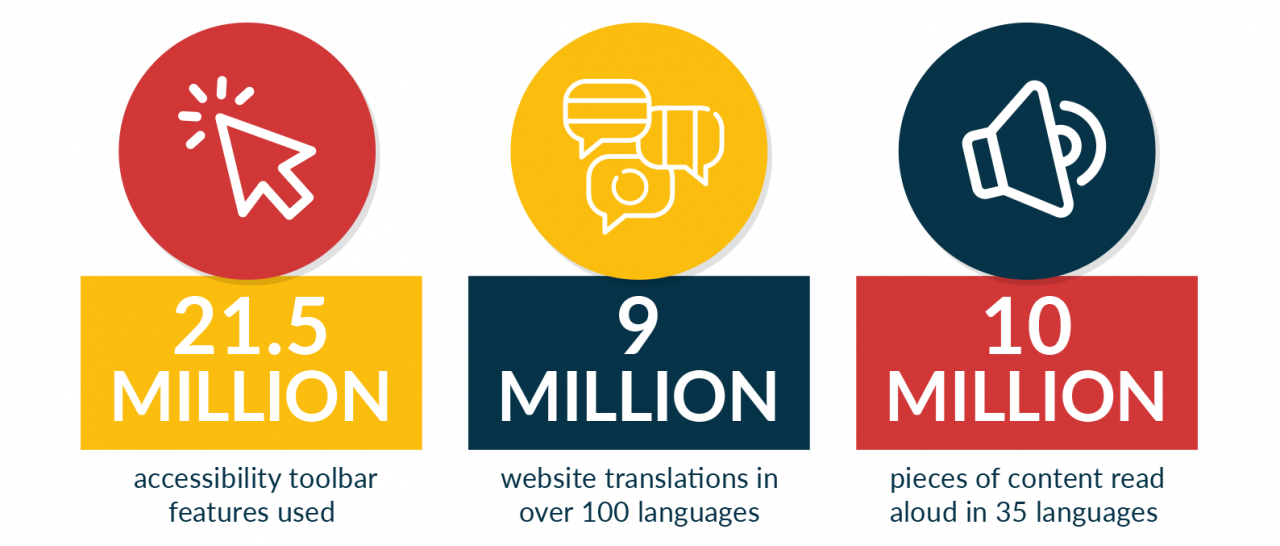
Article Data Sources: Click Away Pound, WHO, United Nations, Data Reportal, Australian Network on Disability, Learning Difficulties Australia, Australian Government Department of Health, IDCommunity.
